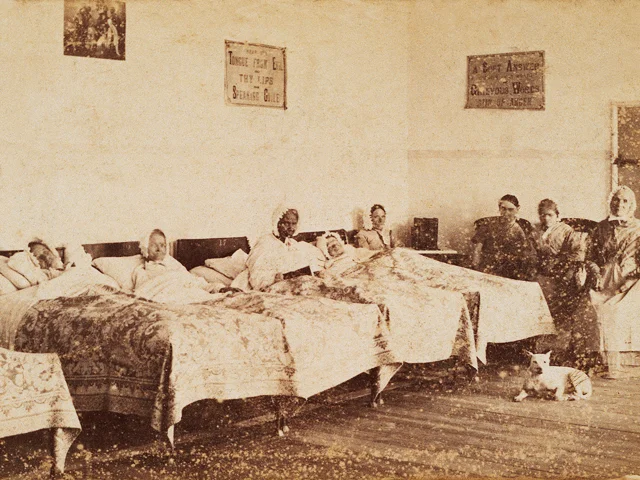The air in Vienna’s psychiatric wards was thick with the scent of sweat and carbolic acid. Men and women—some raving, others eerily still—lined the halls of the Steinhof Mental Hospital. Among them shuffled the gaunt figures of dementia paralytica patients, their minds and bodies crumbling from syphilis. In 1917, their doctor made a decision that would change medicine forever.
Julius Wagner-Jauregg was not a gentle man. Austere, exacting, and fiercely intelligent, he had spent years watching syphilis patients descend into madness. The disease was a death sentence—first came delusions, then paralysis, and finally, an agonizing end. Conventional treatments—mercury, arsenic, even trepanation—were useless. But Wagner-Jauregg had noticed something strange: sometimes, after a high fever, patients improved.
It was an old observation, dating back to Hippocrates. Fever had long been both curse and cure. Medieval physicians dunked the mad in ice water to shock them sane; Renaissance doctors infected patients with plague pus to drive out “bad humors.” Wagner-Jauregg took this folk wisdom and weaponized it.
His first attempts were brutal. He injected tuberculin into patients, hoping the induced fever would purge their madness. Some improved; others died in convulsions. Undeterred, he turned to something even more dangerous: malaria.
The logic was chillingly simple. Malaria produced violent, predictable fevers—high enough to kill the syphilis bacteria but (usually) not the patient. After weeks of delirium and chills, quinine could wipe out the malaria. It was a gamble with life itself.
In 1917, he tried it. Nine patients, all doomed, were injected with malaria-infected blood. The results were grotesque and miraculous. Some writhed in fever dreams, their bodies burning from within. A few died. But others—men who had been howling beasts weeks before—sat up, lucid. They were cured.

By the 1920s, malariotherapy spread across Europe. Desperate families begged for the treatment, even as critics condemned it as barbaric. Wagner-Jauregg, once ridiculed, became a hero. In 1927, he won the Nobel Prize—the only psychiatrist ever honored for a biological cure.
But shadows clung to his triumph. Rumors swirled that he experimented on prisoners, orphans, the powerless. Worse, in his later years, he embraced eugenics, endorsing forced sterilizations and lending his prestige to Nazi “racial hygiene” programs. When penicillin made malariotherapy obsolete, the world moved on—but the stains on his legacy remained.
Today, fever therapy lives on in unexpected ways. Hyperthermia treats cancer; researchers study heat shock proteins for neurodegenerative diseases. Wagner-Jauregg’s work remains a paradox: a breakthrough built on suffering, a cure that flirted with cruelty.
In the end, perhaps his story is medicine itself—a relentless, often ruthless pursuit of healing, where the line between genius and monstrosity blurs in the heat of fever.
